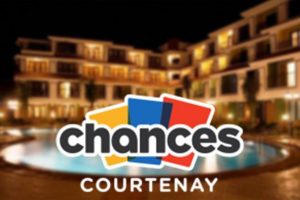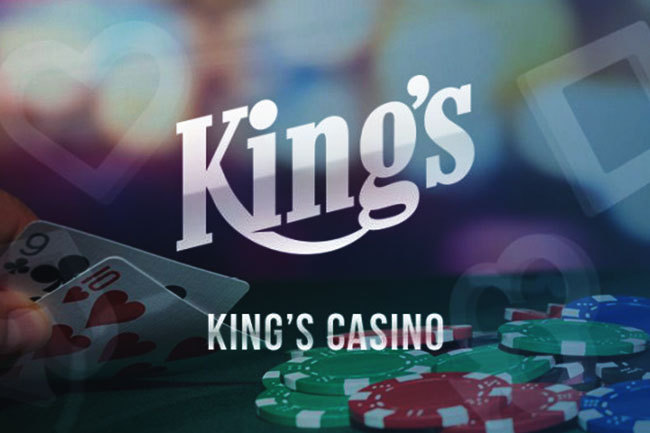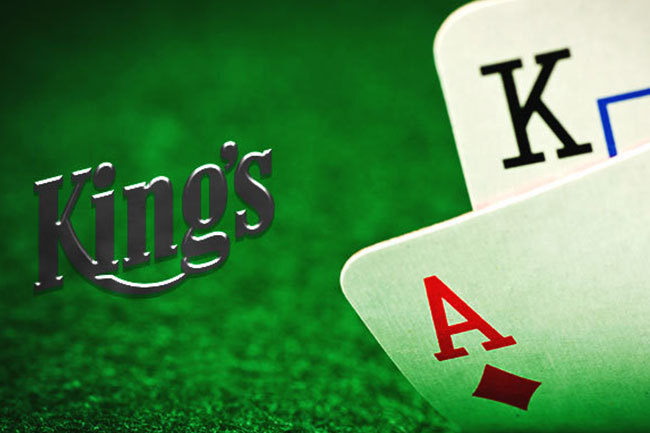 Voluntary Self-Exclusion Programs are among the many things gaming enthusiasts could join when they feel like their gaming habits are getting out of hand. It is a conscious decision showing maturity, but sometimes it is not to be relied on, as it recently became apparent in British Columbia where one of the participants in this program caught on tape just how inefficient the program is.
Voluntary Self-Exclusion Programs are among the many things gaming enthusiasts could join when they feel like their gaming habits are getting out of hand. It is a conscious decision showing maturity, but sometimes it is not to be relied on, as it recently became apparent in British Columbia where one of the participants in this program caught on tape just how inefficient the program is.
For quite some time Canadians are aware that problem gambling is an issue which needs addressing and people who struggle with gambling addiction should receive the support they need. This is crucial both for maintaining their steady mental health, as well as their financial state since gambling addiction could have a devastating impact on their lives and those of their loved ones. In this sense, in theory, Voluntary Self-Exclusion Programs provide the needed assistance in such trying times, but the reality appears to be different.
Player Reveals Inefficient Program
 Nik Galego is an individual from Vancouver, who managed to stir the pot on a provincial level and expose the true nature of the program which claims to provide gambling addicts with the support they need. He has had previous experience with gambling which, unfortunately, left his bank account in bruises. This is what prompted him to enter the program and take care of his mental state by taking time off gambling.
Nik Galego is an individual from Vancouver, who managed to stir the pot on a provincial level and expose the true nature of the program which claims to provide gambling addicts with the support they need. He has had previous experience with gambling which, unfortunately, left his bank account in bruises. This is what prompted him to enter the program and take care of his mental state by taking time off gambling.
However, Mr. Galego did not stop there, as he wanted to put its efficiency to the test. In the very first seconds of the video, he proclaims that being in the vicinity of a casino venue accelerates his heartbeat and this overall mood resonated with all viewers of the footage. The video evidence he has aims to provide an answer to the question “Does anyone really care about players experiencing gambling addiction?”
Mr. Galego used Chances Playtime casino venue located in Courtenay for the purposes of filming the video and testing the program. On his cellphone, he filmed the entire process of him preparing to make his way to the venue and the subsequent entrance. If the program worked the way it should work, he had to be stopped at the very entrance of the casino venue, preventing him from setting foot in it.
Other Provinces Also Seek Improvement
Reality turned out being different as he entered the venue freely without any obstacles on the way. There were three security guards present and guarding the front entrance, supposedly there to check players’ personal documents. However, Mr. Galego was not asked for his ID and he entered the gaming venue without any hassle. Once he was in the facility, he made his way to the gaming devices available and even played on several of them, burning through CA$20.
Once the video went viral and thousands of people learned about it, British Columbia’s Attorney-General David Eby stated that this is not the first instance of self-exclusion program failure. It should be taken into account, however, that the money-laundering scandal which took over the province led to the ongoing detailed review of the Gaming Control Act. Along with this attempt of improvement, the Voluntary Self-Exclusion Program could also benefit.
Nova Scotia is one of the provinces already working on improving its self-exclusion program with the help of an online platform which collects ideas on how the program could be improved. British Columbia is not the only region where flaws are witnessed, as Ontario players participating in this program have similar experiences.
Players such a Joe Fireri, who had managed to burn through CA$300,000 before joining the program in 2008 are still allowed to enter casino venue and gamble on numerous occasions without anybody stopping them. The overall opinion on the subject is that players should take responsibility for their own actions and not rely solely on the program for support.



















